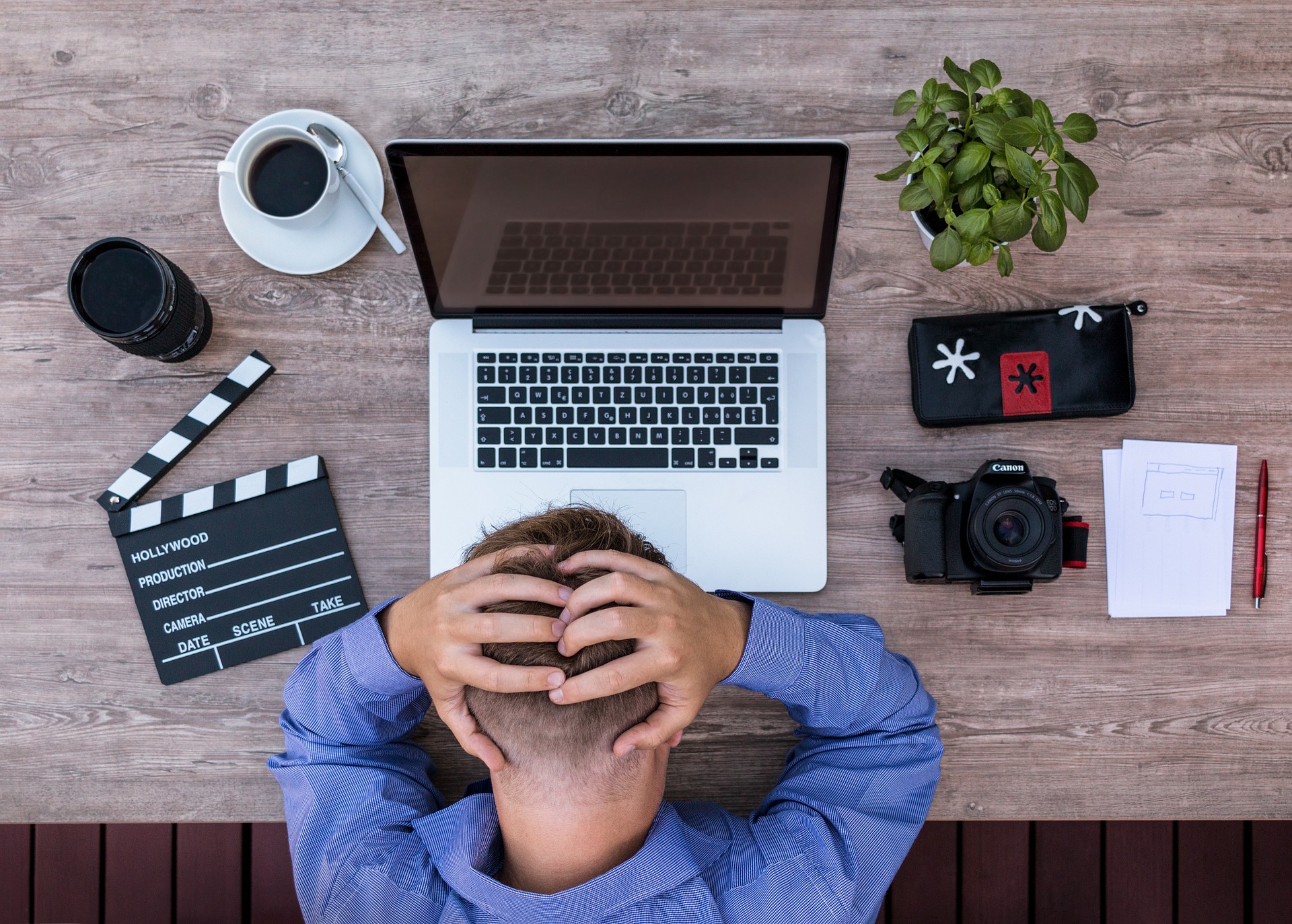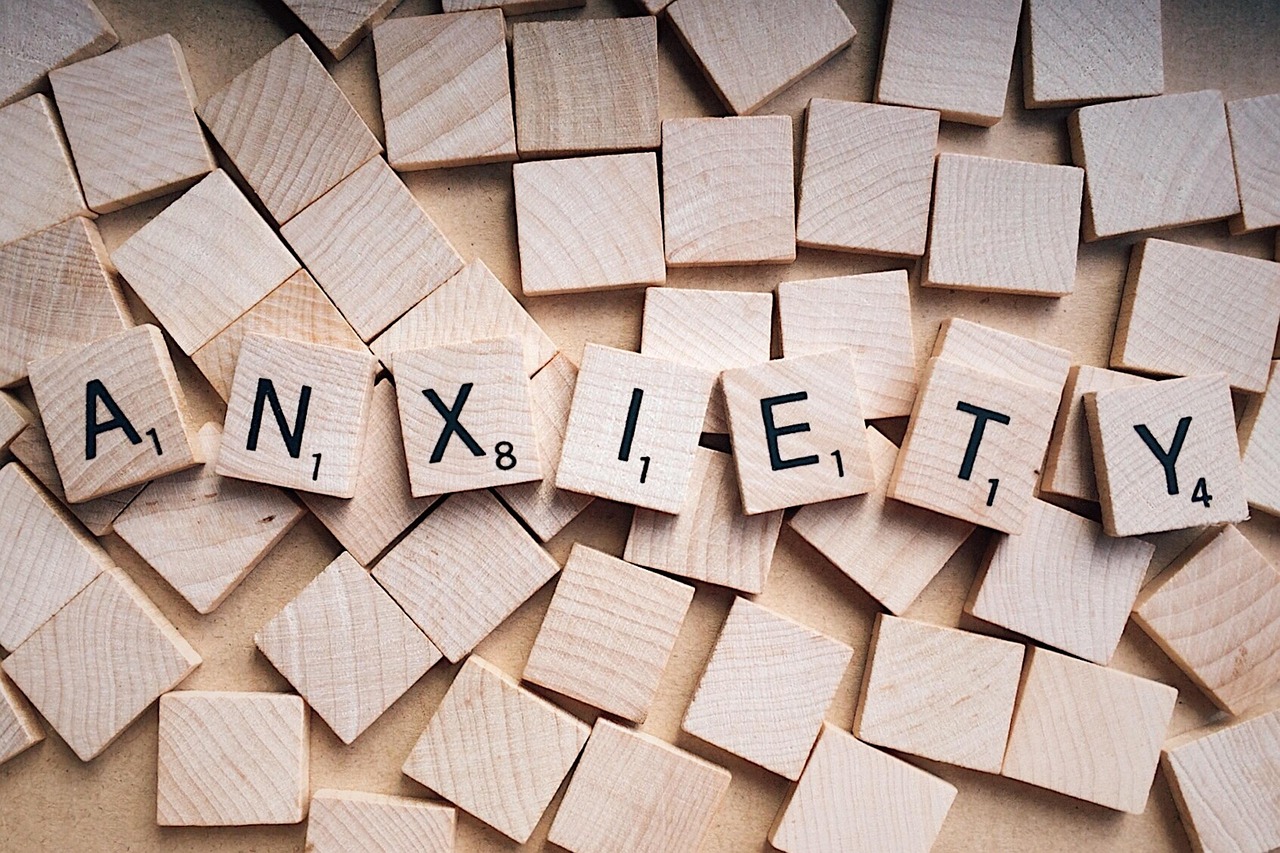Have you ever sat at your desk all day, every day, for weeks, working tirelessly to complete your never-ending to-do list only to realize you’re getting nowhere because you’re spiraling? Have you ever felt so overwhelmed by your work that you took a short break only to feel guilty the entire time because that’s an extra 15 minutes of work you could be doing? Have you ever found that you no longer enjoy the activities you used to love doing? If you have, you know what I’m talking about: burnout. A state of physical, mental, and emotional exhaustion, as defined by the World Health Organisation.
Author: Magdalena Totomanova
The scary part is that this is becoming more and more pervasive. The 21st century has seen a massive rise in mental, physical, and emotional exhaustion levels, especially so during the Covid-19 pandemic. It may be counter-intuitive because working from home should free up more time for other activities, but all those who lived through it know that this wasn’t the case – short meetings often turned into long ones, teachers were drowning students in homework, most of which was digital and therefore even more taxing than that same amount of work but on paper. In short, it was a digital rat race, with work and personal life blurring into one.
Suppose one song had to represent the mood among people working and studying today. In that case, it’d probably be ‘Numb Little Bug’ by Em Beihold – we are desperately clinging onto a rock for dear life amidst a devastating tsunami.
Moreover, research has shown that burnout is a common phenomenon amongst university students, especially those in their first year facing the pressures of adapting to a new lifestyle, often in a completely new country. Additionally, studies indicate that females are 15% more likely to experience mental and physical collapse than males, typically because of higher academic and work expectations as well as the supposition that they will take on more domestic work.
Although this all sounds terrifying, we must keep the positives in mind – one of them being that this is not permanent. Often, burnout occurs when we begin something new, such as starting a different job. Even then, it can be fixed in a matter of months in some cases. Ways to do this include taking a break from the activity causing such a huge drain of energy. However, this may not always be feasible. Most people cannot afford to take personal leave from their jobs for a prolonged period. If this is the case, it is still possible to reduce working hours – if, say, an individual often takes on work that is not theirs to begin with, they can set boundaries with their colleagues to free up their time and be able to partake in activities they enjoy. Another way, albeit harder to implement, is awareness about this negative phenomenon in the workplace, as well as organizing workshops and programs for employees that teach how to manage stress, depression, and burnout and having strict rules and regulations about this.
An example of such legislation is in Australia, where burnout rates are among the highest in the world. These new rules classify this exhaustion as a work health and safety hazard and oblige bosses to identify and manage risks that might cause their employees work-related stress, such as periods of high workload and excessive working hours.
While burnout may never be fully eliminated, especially in high-stakes jobs, it’s crucial to address it in environments such as office settings. Experts believe it is important to strive toward eradicating burnout, even if that goal seems unrealistic and unattainable at present.
Cover image by: lukasbieri – Pixabay
Edited by: Ieva Stalauskaite, Johanna Larsson Krausová



